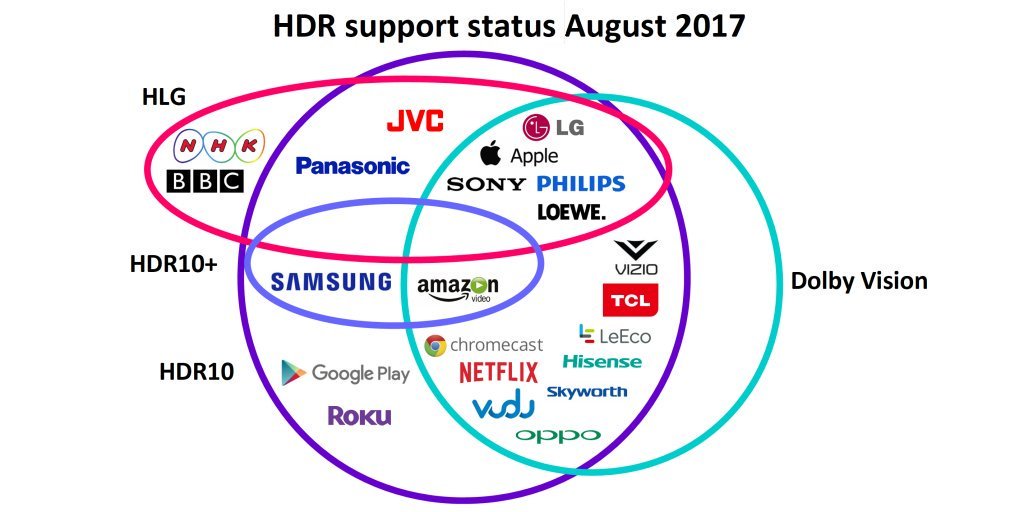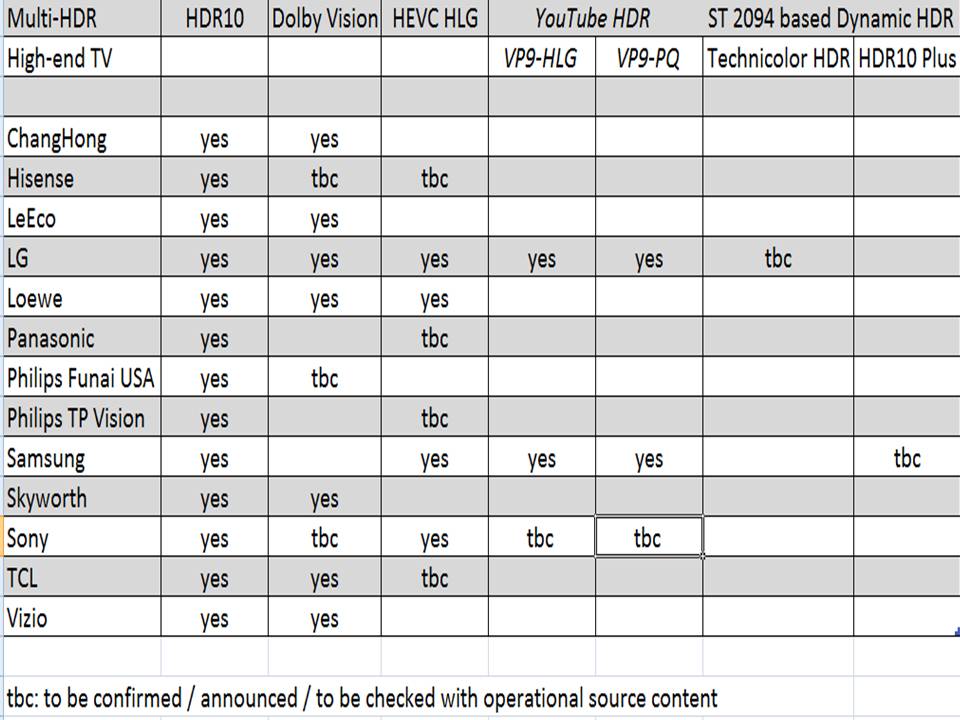Quote:
Originally Posted by Shalashaska

As someone who doesn't yet own a HDR display, what makes HDR content harder to see in a bright room? I thought it'd be an improvement over SDR.
Also, since you brought it up, what makes HLG different from HDR10/DV when it comes to processing and displaying an image? There must be some compromises as HLG was designed for live broadcasting, but what are they?
I find a lot of the info that's already out there is either much too vague or too technical for moi. I think asking people directly just makes it easier to understand.
|
Without wanting to speak for Stacey, the thing about HDR is that it's NOT blaring out at thousands of nits all the time. That's what the wider perception of it is, but the reality is about giving the image enough headroom to be able to go into those bright peaks
if necessary, so the average picture level - brightness to you and me - of the image is often much nearer SDR levels. "Okay", you might think, "what's wrong with that?". The issue comes from HDR immediately maxing out the backlight (or relevant tech) of X display in order to provide that maximum amount of range, so when an SDR level of luminance occurs within that range there's no scope at the display end for boosting the relative light level of it, e.g. during daytime viewing with a lot of ambient light.
And that's when talking about a display which can ideally do 1000/4000 nit peaks, because if it can't then a degree of tone mapping is involved to fit that range into whatever the TV can handle, and a common side
effect is that the APL is lowered yet further ("HDR is too dark!" being a very common complaint, aside from content that has genuinely been mastered a bit darker). Dolby Vision's content derived metadata should allow for much more accurate mapping and for better preservation of APL on low-powered displays, and Panasonic's players now come with an adjustable dynamic range setting so that if you need more luminance during your daytime viewing then you can claw some back.
This is why HDR10/DV (or rather the ST 2084 EOTF at the heart of both) is spoken of as having "absolute" luminance levels, that a piece of content has specific code values for the light levels in any given shot, but HLG is a "relative" luminance system just like conventional SDR so the light level of the content can more easily adapt to what you've set your display's luminance as. The final rendering is left up to the display, rather than the content assuming X set of specifications will be waiting for it at the other end, thus it's an ideal HDR system for general TV broadcast viewing where ambient light levels are usually quite high (either in the daytime or viewed with room lights on at night), and not needing any metadata makes for tidier encoding and transmission too.
I hope that makes some degree of sense, and if I've got anything wrong then hopefully the actual experts will set me right.





























 Linear Mode
Linear Mode

